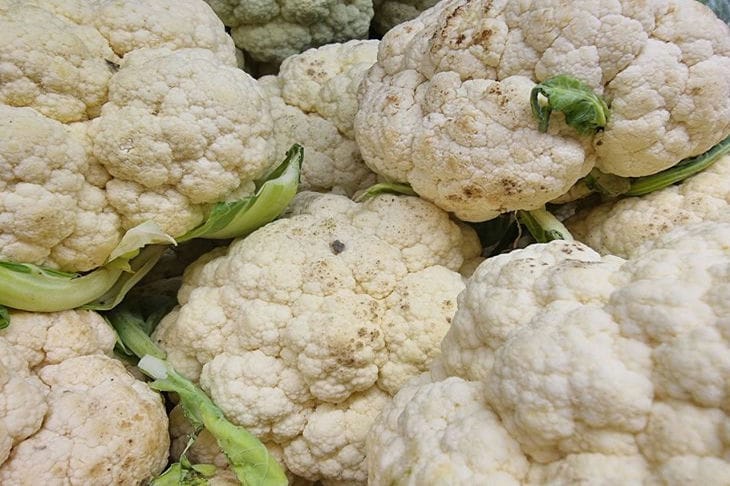Why cauliflower and broccoli do not set: it is important for a gardener to know
Cauliflower and broccoli, which have a delicate taste and contain many vitamins, are favorite vegetables.
From time to time, gardeners may encounter a situation where heads of cabbage do not form or develop incorrectly.
Unraveling this problem and finding solutions to eliminate it is an important aspect of successful vegetable growing, says Anastasia Kovrizhnykh .
Nutrient deficiencies
Cauliflower and broccoli are quite demanding crops when it comes to nutrients.
If the soil does not have enough nitrogen, phosphorus and potassium, the plants will not be able to develop properly and form a head of cabbage.

- Nitrogen is essential for the growth of leaves and stems. If there is a lack of nitrogen, the plants will be weak, with pale leaves, and heads will not form.
- Phosphorus plays an important role in the formation of the root system and flower buds. If there is a lack of phosphorus, plants will grow poorly, with slow development of heads of cabbage.
- Potassium is involved in the process of photosynthesis and the transport of nutrients in the plant. If there is a lack of potassium, the plants will be weak, with reduced head size and irregular shape.
Incorrect watering
Cauliflower and broccoli prefer moderate watering. Overwatering the soil can lead to root rot and plant diseases. As a result, the head of cabbage will not form correctly or will not form at all.
Plants also do not like dry soil. Lack of moisture will slow down the growth of plants and may lead to a decrease in the size of the heads.
Inappropriate temperature
Cauliflower and broccoli are cold-resistant crops. The optimal temperature for their growth is +15-20 degrees Celsius.
At high temperatures (above +25 degrees Celsius) plants will grow poorly, with slow development of heads of cabbage.
Light mode
Cauliflower and broccoli need adequate light. If there is not enough light, the plants will stretch out, with thin stems and small heads.
Pests and diseases
Pests and diseases can also cause significant damage to cauliflower and broccoli plants.
- Leaf beetles eat the leaves of plants, which weakens them and makes it difficult for heads to form.
- Caterpillars can damage cabbage heads, making them unfit for consumption.
- Powdery mildew is a fungal disease that affects the leaves and heads of plants, causing them to dry out and die.
Incorrect landing
Proper planting of plants is an important factor for their development.
- Dense seeding. If you seed too densely, the plants will compete for nutrients and light. The result will be small and irregularly shaped heads.
- Insufficient planting depth. If plants are not planted deep enough, their root system will be weak and will not be able to provide the plants with enough nutrients and moisture.
Plant variety
Not all varieties of cauliflower and broccoli are suitable for growing in certain climate conditions.
- Early varieties are usually more resistant to adverse conditions.
- Late varieties require a longer growing season and may not have time to set heads in cold climates.
Growing recommendations
1. Choose the right variety. Study the characteristics of different varieties and choose those that are suitable for your climate conditions.
2. Prepare the soil properly. Dig the soil to the depth of a bayonet shovel, add organic fertilizers (compost, humus) and mineral fertilizers according to the recommendations for the variety.
3. Plant the plants correctly. Maintain the required distance between plants and do not plant them too deep.
4. Water the plants regularly. Water the plants moderately, not allowing the soil to become over-watered or dry out.
5. Provide sufficient lighting. Choose a sunny place to plant the plants.
6. Apply fertilizers. During the vegetation period, apply fertilizers according to the recommendations for the variety.
7. Carry out timely treatment against pests and diseases. Use biological preparations or folk methods of pest and disease control.
Earlier we wrote about which plants should be planted between cabbage heads.
